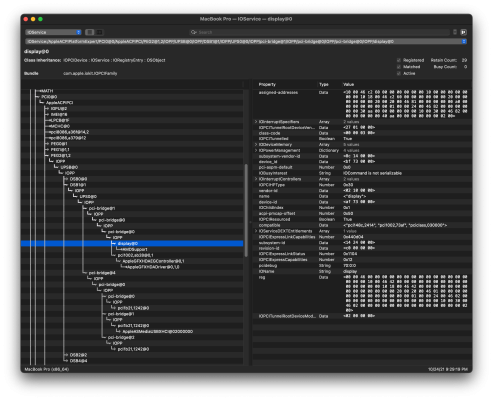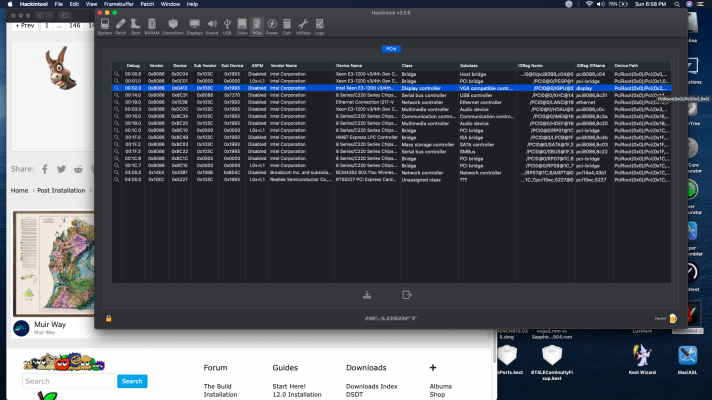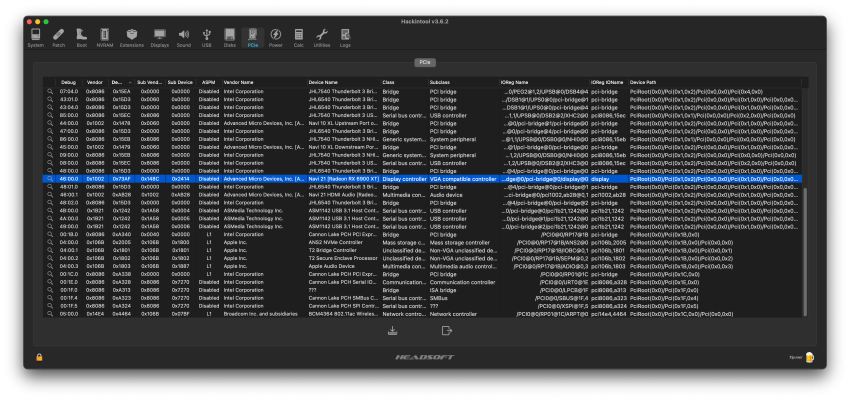I found the official documentation on ACPI... you're right the error is in the DefinitionBlock... you can't separate BRA0, BRB0, & BRG0 with commas as that field is a table id... in essence, you're saying the revision id=BRB0. Furthermore, deleting the commas is also invalid syntax even if group with "<>." This is because there can only be one entry for the table id.
Here's what the DefinitionBlock should be according my understanding:
Code:
DefinitionBlock ("", "SSDT", 2, "ACDT", "BRA0", 0x00000000)
I am on genuine Mac which gave me an idea if this doesn't work:
I found the kext drivers Apple made for the 6800, 6800 XT, & 6900 XT and within each those I found a config.plist where they specified the applicable device-ids... I could simply add "0x73AF1200" to those each of those... however, those are in read-only System folder, so I'd have to indefinitely disable SIP & do some shenanigans which would break macOS update... on the plus side this would allow me to use Secure Boot and Fire Vault again.
macOS Monterey released today, so I'm installing it on my old MacBook Pro first to see if they added it before I do it myself.



